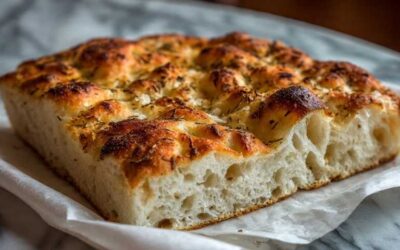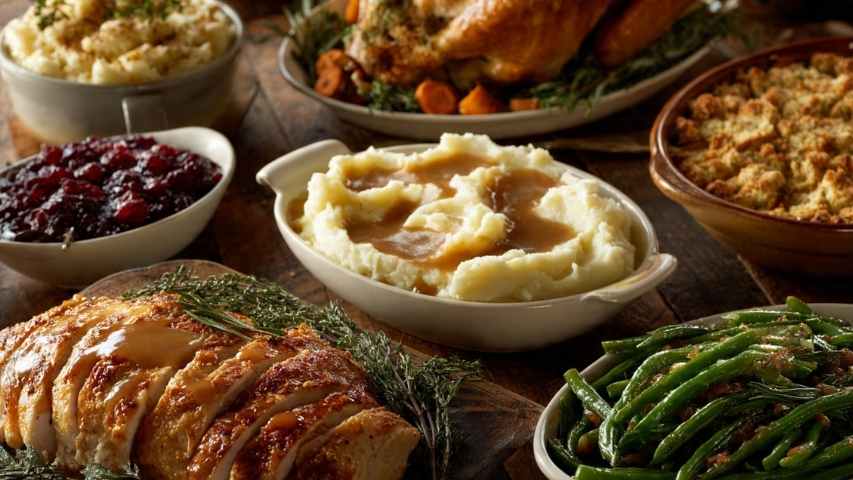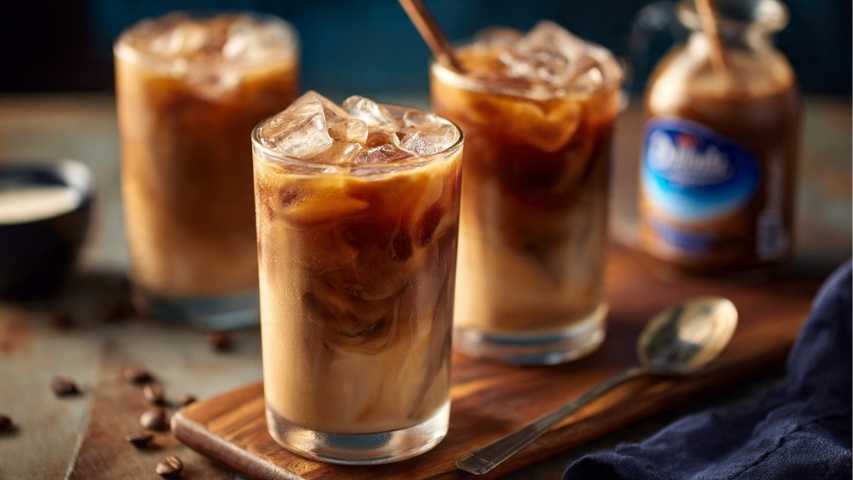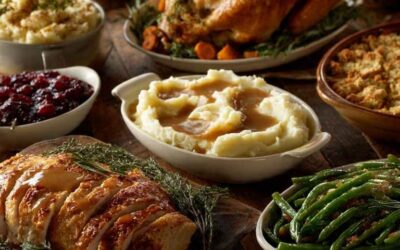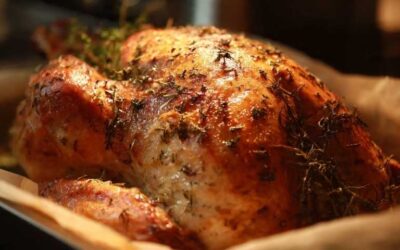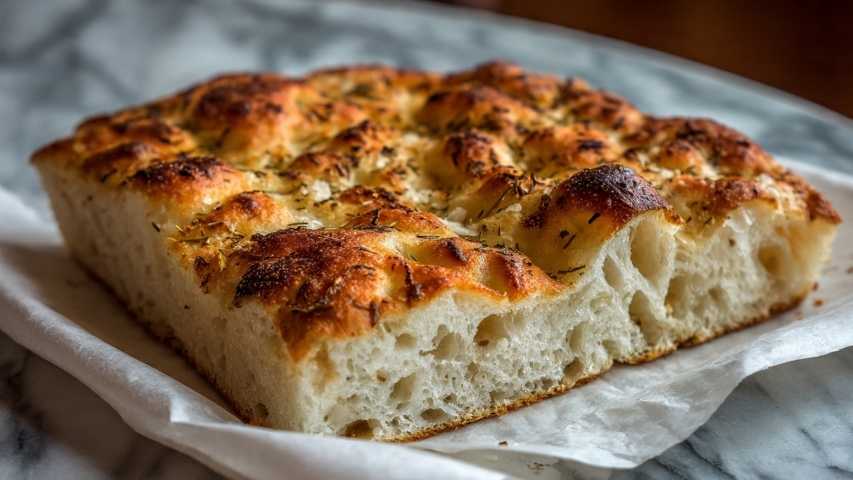We’ve all been there. You spend the weekend perfecting a new baking project and pull a golden, dimpled sheet of focaccia from the oven. The first night is pure bliss with olive oil, salt, and fluffy bread. But by Tuesday, that once-glorious loaf is sitting on the counter, looking a bit sad and feeling stale.
Most people might toss it in the toaster or, worse, the trash. But stale focaccia is actually a culinary opportunity in disguise. Because of its structure—thick, porous, and sturdy—this specific type of bread is the perfect vessel for two distinct comfort foods that go far beyond a simple side dish.
This isn’t about making croutons or breadcrumbs. Instead, you can turn that leftover focaccia into a nostalgic, crispy-bottomed stovetop pizza or a protein-packed turkey sandwich that rivals any deli. These recipes use special heat techniques, like searing tomato sauce right on the pan, to create flavors you won’t get from a toaster oven.
Here’s how you can turn your leftover loaf into two of the best meals you’ll have all week.
Why Focaccia is the Ultimate Leftover Ingredient
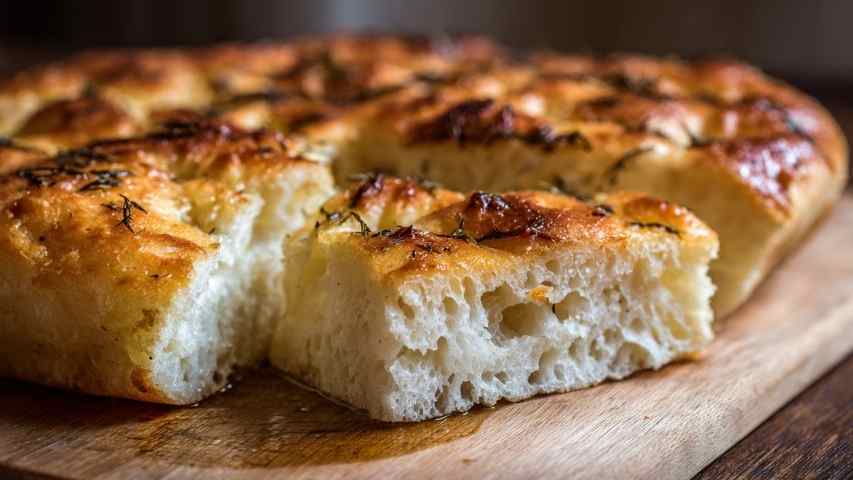
Before you start cooking, it’s good to know why focaccia works so well. Unlike crusty sourdough or soft brioche, focaccia is right in the middle. Its sponge-like inside soaks up sauces and dressings without falling apart, and it gets wonderfully crunchy when heated again.
The key to both recipes is how you reheat the bread. Instead of using the oven, which can dry it out, we use the stovetop. This way, you get a crispy, buttery bottom and a soft, steamed inside.
The Nostalgic Stovetop Pizza
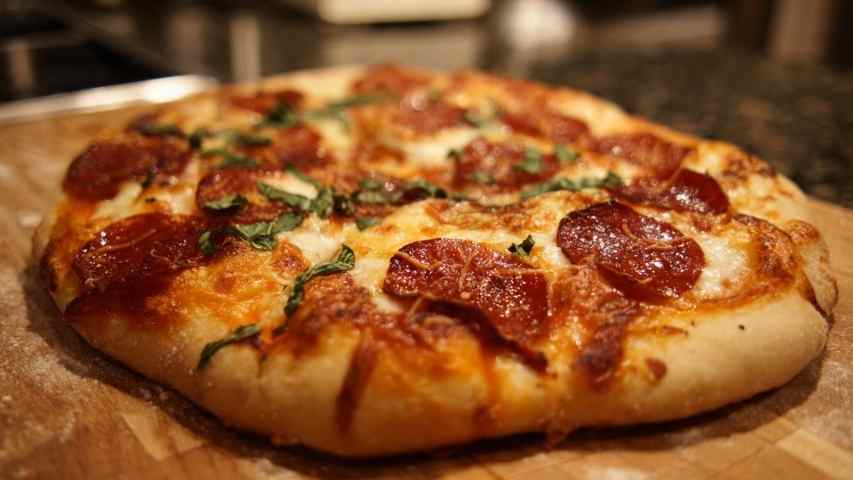
If you remember eating square pizza slices in the school cafeteria, this recipe might bring back memories. But unlike those soggy slices, this version has great texture and lots of flavor. It’s easy to make and uses a few clever cooking tricks to make it feel gourmet.
The goal is to get a crunchy bottom with a slightly softer inside. To do this, treat the bread like a sponge and soak it with seasoned butter before it goes in the pan.
The Herb Butter Base
Start by adding flavor right into the bread itself. Instead of just putting butter in the pan, brush it directly onto the bread.
Ingredients:
- Leftover Focaccia (sliced horizontally)
- 1 tbsp Butter
- Oregano
- Garlic Powder
- Red Pepper Flakes
Microwave the butter with the spices until it melts. Spread this mixture generously over the cut side of your focaccia slices. It gives you that classic American-Italian pizza flavor right away.
The “Sauce Sear” Technique
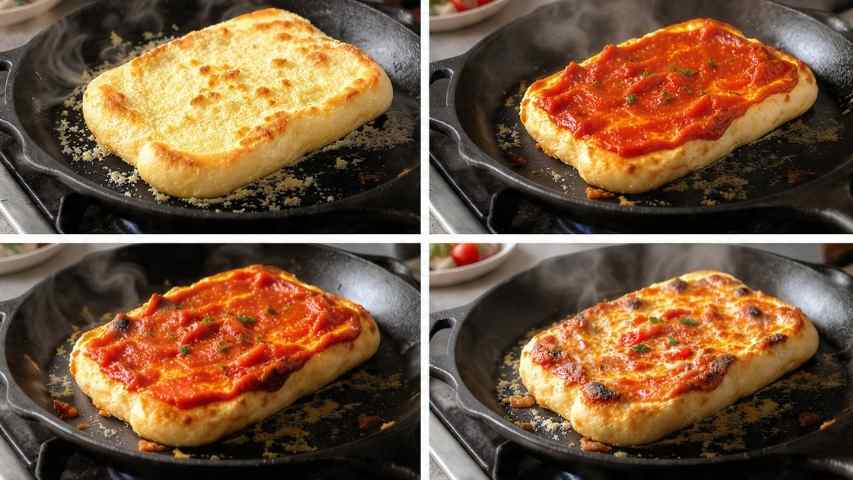
This step changes everything. Normally, you put sauce on top of the bread and heat it. Here, inspired by the Mexican pambazo sandwich, you cook the sauce directly on the hot pan.
- Crisp the Bread: Place the focaccia butter-side down on a hot griddle or cast-iron skillet. Let it brown and crisp up.
- Apply Sauce: Flip the bread over. Spread a thin layer of marinara (a simple three-ingredient sauce works wonders here) onto the toasted side.
- The Flip: Turn the bread again so the sauce side is directly on the hot pan. This step roasts the tomato sauce, caramelizing the sugars and creating deep, complex flavors you can’t get from just warming it.
- The Finish: Flip it back over. The sauce should look slightly darkened and roasted.
Melting the Cheese
Once the sauce is roasted and facing up, add mozzarella on top. To melt the cheese without burning the bread, use the steam method.
Drip a little water onto the hot pan (not on the pizza) and quickly cover the pizza with a metal bowl or lid. The steam will melt the cheese into a gooey layer in seconds.
Top it with fresh basil and grated parmesan. You’ll get a slice with a crisp, fried crust, roasted tomato flavor, and perfectly melted cheese. It’s simple, but it tastes amazing.
The Heavyweight Turkey Pesto Sandwich
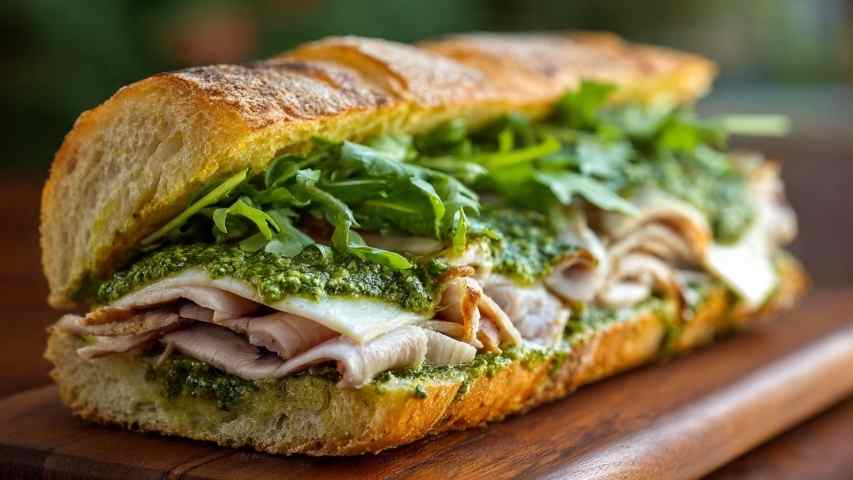
Sometimes you need something substantial. This isn’t a light snack; it is a hunk of a sandwich, clocking in at over 700 calories and 52 grams of protein. (Calories in Bertucci’s Italian Restaurant Delicato Focaccia Sandwich, n.d.) It is designed to keep you full, utilizing the density of focaccia to hold a massive amount of fillings.
A great sandwich needs to hold together. The bread should keep the sauces in without leaking, and the fillings should be warm and work well together.
Ingredient Prep
Getting everything ready ahead of time is important for a sandwich this big.
- Tomatoes: Slice them and sprinkle with salt right away. This pulls out extra moisture, so your sandwich isn’t soggy, and makes the tomato flavor stronger.
- Sauce: Mix store-bought pesto with mayonnaise. You can make your own pesto, but this way is quick and easy. The mayo makes the pesto creamy and balances its strong, herbal flavor.
- Fillings: Sliced turkey, provolone cheese, butter crunch lettuce, and pickled onions.
The Assembly Method

Start by toasting the bread, just like with the pizza. Put the focaccia cut-side down on the griddle until it’s golden and crisp.
While the bread toasts, use the other side of the griddle to warm your turkey slices. Once they’re hot, flip them and add provolone cheese on top. Use the steam trick (a little water and a metal bowl) to melt the cheese right onto the turkey. This way, your meat is hot and the cheese is melted before you build the sandwich.
The Build:
- Remove bread from the heat.
- Spread the pesto-mayo mix on both the top and bottom pieces of bread so every bite has flavor.
- Layer on the lettuce, pickled onions, salted tomatoes, and the cheesy turkey.
The Final Press
You could eat it now, but one last step brings it all together. Put the assembled sandwich back on the hot griddle.
Gently press down on the sandwich with a spatula or heavy pan. This gives the bread a final toast and helps the inside steam together. The flavors blend, so the sandwich feels like one delicious whole instead of just stacked ingredients.
Why These Methods Work Better
It’s easy to settle for a cold sandwich or just microwave your leftovers, but using a few cooking tricks makes a big difference.
The Porosity Factor
Focaccia stands out because of its height and air pockets. In a sandwich, these pockets hold the pesto mayo, so you get sauce in every bite without it leaking. In pizza, the crumb soaks up the seasoned butter, making the bread itself full of flavor.
The Maillard Reaction
Both recipes use direct contact with the griddle. Searing the tomato sauce for the pizza and toasting the bread for the sandwich trigger the Maillard reaction—the browning process that gives food its savory flavor. (Maillard reaction, 2025) A toaster oven just heats the air, but the griddle changes the surface of the food itself.
Moisture Control
Stale bread is dry, but these recipes add moisture in just the right way. Butter and sauce add fat and liquid to the pizza, while steaming the cheese adds humidity to soften the bread without making it soggy.
Don’t Waste the Loaf
Next time you have leftover focaccia, don’t toss it or freeze it for a soup you’ll never make. These two recipes show that leftovers can be even better than the fresh loaf.
Whether you want the comfort of a square pizza slice or a filling deli-style sandwich, all you need is your stovetop. Grab a griddle, some butter, and your stale bread, and get cooking.










